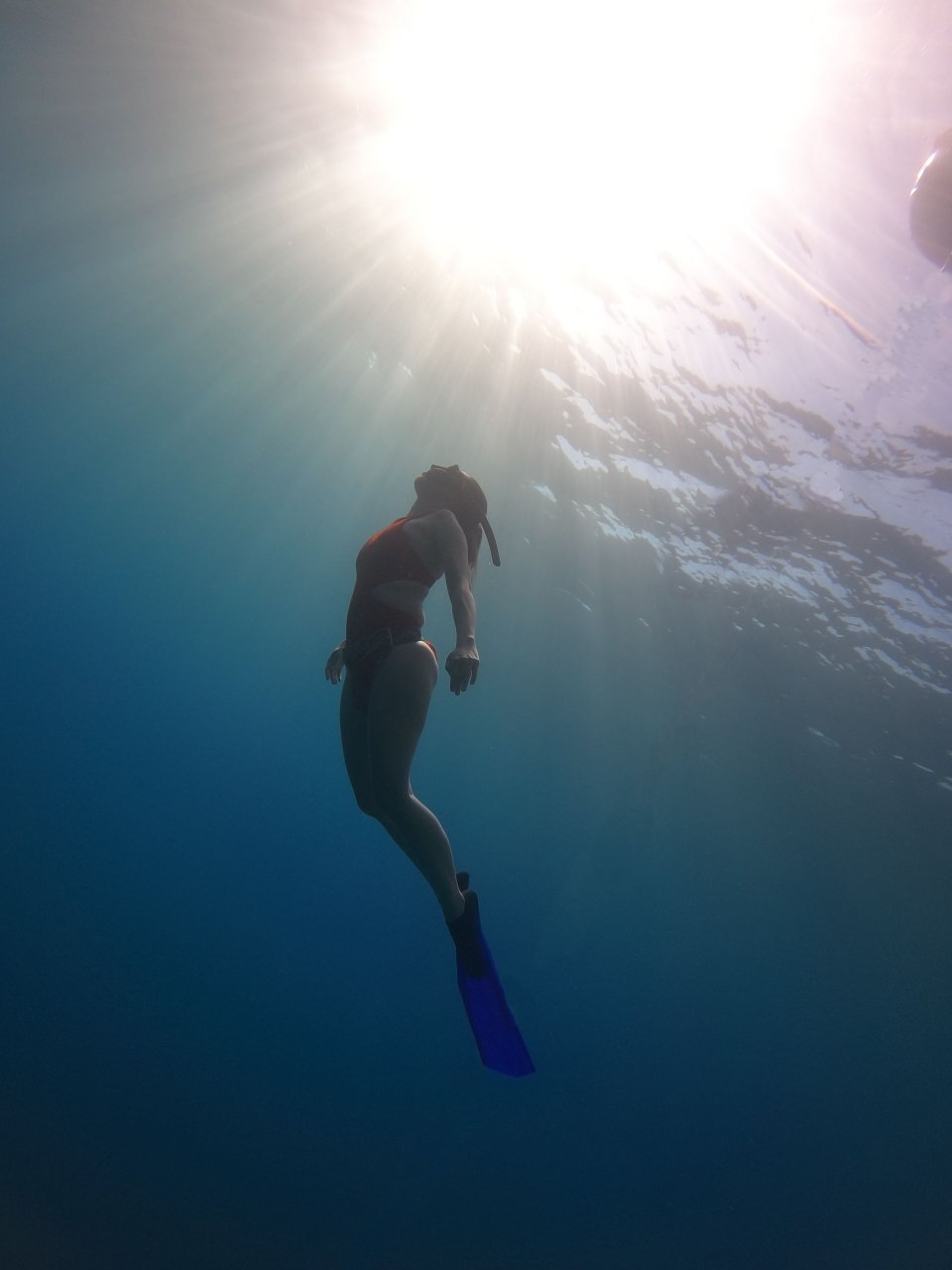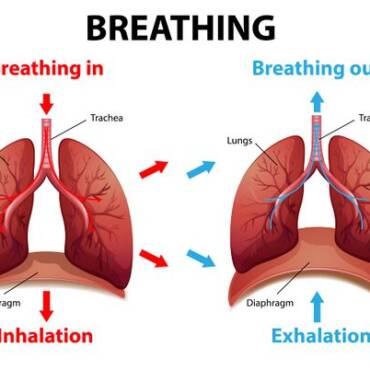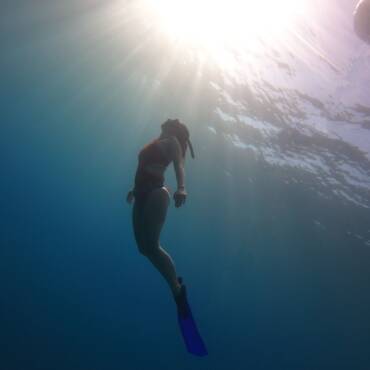Are you a freediver or athlete looking to improve your body’s ability to handle stress?
If yes, then Apnea tables can help.
What are Apnea tables?
They’re breathing exercises designed to improve your tolerance to CO2.
A nervous system that has a better tolerance for less oxygen and increased CO2 can handle stress more effectively and help you to relax.
Apnea tables help develop this nervous system response and your body to adapt gradually.
CO2 and O2 are the two most widely used Apnea tables.
They place deliberate stress on the body in an attempt to help it adapt more effectively.
CO2 tables help the body adapt to higher levels of CO2. O2 tables help the body adapt to lower levels of O2.
CO2 Tables
Surfers, free divers, and people who need to perform at high altitudes often use these tables.
Carbon dioxide is the chemical responsible for coordinating breathing.
The greater your CO2 tolerance, the better you will cope with stress. You can do this by performing a series of breath holds where there is a reduced interval between each successive round.
Because there is less time in between each breath-hold, the Carbon Dioxide in your body gradually builds up with each repetition.
O2 Tables
When practicing breathing exercises to adapt to low oxygen levels, make sure to maintain the same rest period while gradually increasing the length of each breath-hold.
A typical oxygen apnea table, for example, would consist of holding a breath for 1 minute, resting for 2, and then repeating the process for 1 minute and 15 seconds. Then, increase the interval by 15 seconds at a time.
While apnea tables can be important in training your autonomic nervous system, it is important to follow recommended safety guidelines.
- Apnea table conditioning is a gradual process. The body needs time to rest and recover.
- Never perform O2 and CO2 tables on the same day. Also, limit yourself to no more than eight cycles per session or table.
- Don’t use apnea tables if you have significant anxiety, trauma, or other physical/mental health concerns. They can significantly increase symptom presentation.
Here are a couple of example tables.
O2 tables:
CO2 tables:
A high tolerance to low oxygen levels and increased levels of CO2, improves mood, energy, longevity and overall quality of life.
Read https://www.apneazone.club/is-freediving-dangerous/ to know about how freedivers can benefit from proper guidance and training.





Add Comment